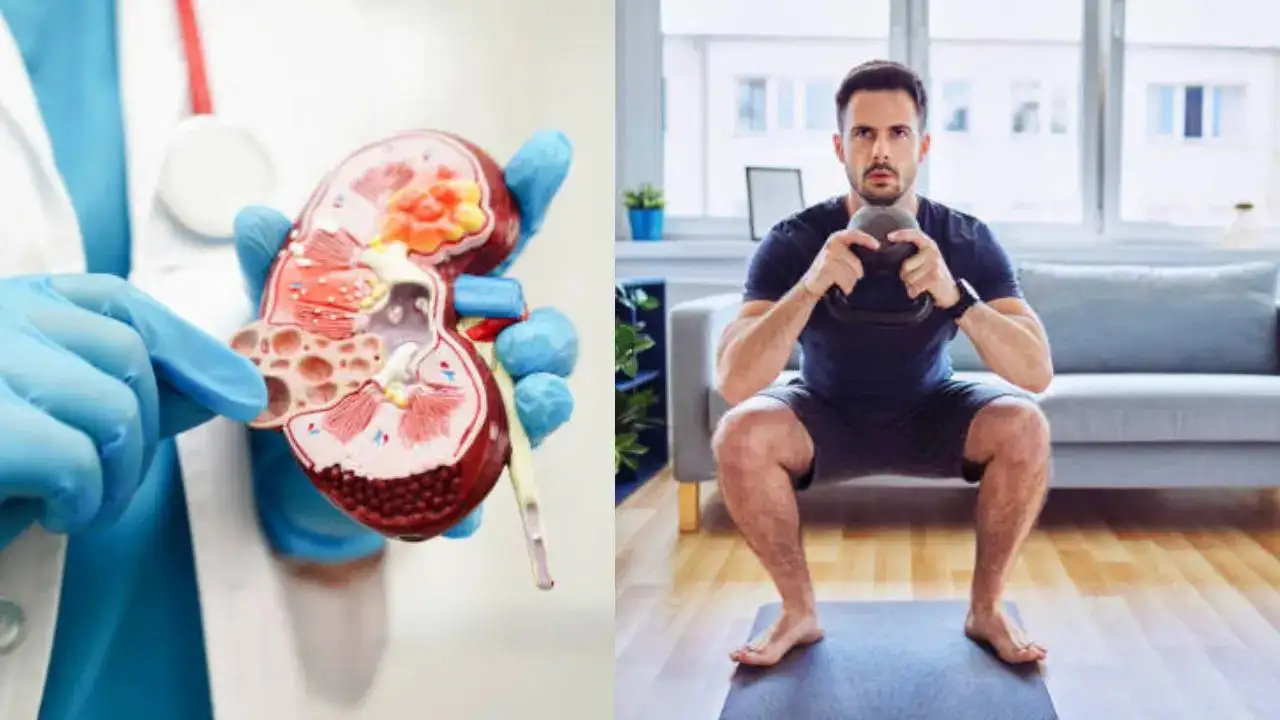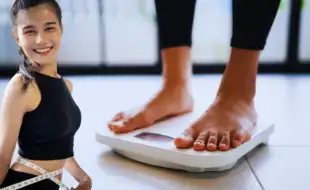
Man attempted to complete 2,000 squats as part of an endurance test, however, ended up in a life-threatening situation
A young man from Vladivostok in Russia suffered from kidney damage after a fitness challenge he undertook went completely wrong. According to news reports, the man attempted to complete 2,000 squats as part of an endurance test; however, he ended up in a life-threatening situation.
According to the press service of the Thousand-Bed Hospital, the young Russian man had confidently accepted the challenge for a tempting reward. But the extreme exertion led to swelling in his legs—slowly turning into visibly enlarged, fluid-filled limbs. After that, his urine also turned extremely dark in colour, and the situation worsened when he was unable to urinate at all—a sign of a serious kidney problem.
Dangerous levels of creatinine in the blood
The man's test results confirmed dangerous levels of creatinine and urea in his bloodstream, indicating acute kidney failure. According to doctors attending him, his bloodwork also revealed high levels of uremi which is a sign of toxins accumulated in the system and can be life-threatening as well.
According to his test results, the man's kidneys were functioning at only 50 per cent of their normal capacity, which means he suffered from organ failure, permanently damaging his kidneys.
What are squats?
Experts say squats may seem like one of the simplest and most straightforward additions to a workout routine, which to some extent they are. But it is also important to learn to do them the right way—to prevent injuries and maximise your results.
While squats are integral to athletic training programs, they help enhance speed, agility, strength, and power across various sports disciplines. Squats target your muscles in the thighs, hips, and buttocks, leading to enhanced stability, balance, and overall lower body strength. They are also beneficial for:
- Working major muscle groups
- Burning calories
- Strengthening your core
- Improving lower body strength
- Enhancing stability and balance
- Bettering posture
- Increasing flexibility and mobility
- Promoting healthy bones
- Preventing muscle injuries
According to experts, squats - high-intensity, high-impact, weight-bearing exercise—contribute to increased bone density, thereby reducing the risk of osteoporosis and promoting long-term bone health. While it is important for everyone, doctors recommend squats for women approaching menopause.
How to do squats properly?
According to experts, there are a few important tips you must always follow when planning to do squats, a few of which include:
- Get in position by standing with your feet shoulder-width apart and your toes pointed slightly outward.
- Always hinge at the hips and push your buttocks back
-
Keep your knees wide and do not let them collapse inward
- Make sure to lower your body by bending your knees, making sure to keep your chest up and your back straight.
- Maintain a neutral spine to prevent strain on your lower back.
- Squat as low as your flexibility allows without compromising your form.
- Return to the starting position by pushing through your heels to drive your body back up
- Get ready for your next repetition by resetting your posture and alignment.
- Always breathe and inhale as you lower, and exhale as you push back up. This breathing pattern helps stabilize your core and carry oxygen to your muscles
- Finish your set with consistent form and technique
Get Latest News Live on Times Now along with Breaking News and Top Headlines from Health and around the world.


